Coconut Tree (Cocus nucifera) -Trees of Kerala
March 23rd, 2007 | admin
Coconut (Cocus nucifera) is the most grown tree in Kerala. Apart from many hundreds of plantations, there are also coconut palms in almost all homes of Kerala. Coconut trees however are not abundant in the colder areas of high-ranges. It is found abundantly in the coastal to central regions. This tree grows straight up without branches and with an umbrella like crown, with several large leaves spread from the top.
The tree requires abundant rainfall and tolerates the high salinity of sea shores.
Though the fruit is called coconut, it is not a nut. It is a dry, fibrous drupe. The husk protects the internal part, which is hard like stone. Inside the hard stone is the usable part of coconut, which is scientifically called endosperm. The white meat of coconut is edible and used in the preparation of almost all kinds of dishes in Kerala. Inside the endosperm is a large area, filled with water in unripe coconut. As the coconut becomes ripe, the most of the water gets absorbed by the fruit and only a little water remains. Tender coconut water drinking is a new fad among the people of Kerala. There are different advantages for this natural healthy drink. It is suggested for people with dysentery, vomiting etc as a means to prevent dehydration. It is also cool, energetic and refreshing.
Every part of coconut tree is useful in different ways. The fiber from the coconut husk is used to make coir, mats etc. Coconut leaves are used for thatching. The wood is good for furniture. All dried parts make good firewood.
That is why this tree is called the Kalpavriksham (an auspicious tree that can give anything you ask) of Kerala. For India, the kalpavriksha is Banyan (Ficus bengalensis).
Cocos nucifera belongs to the family Arecaceae.




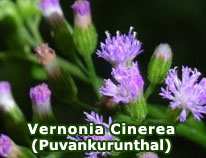
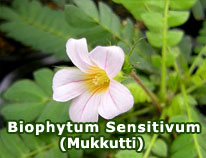
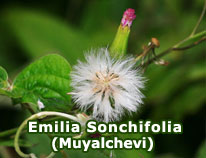
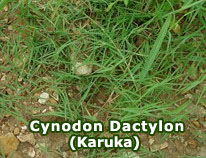
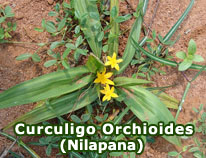
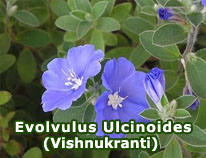
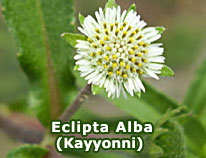
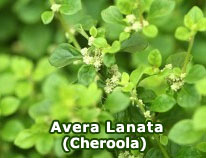
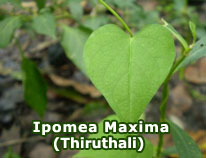
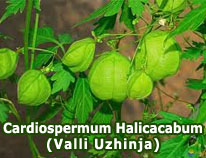
 Loading ...
Loading ...





